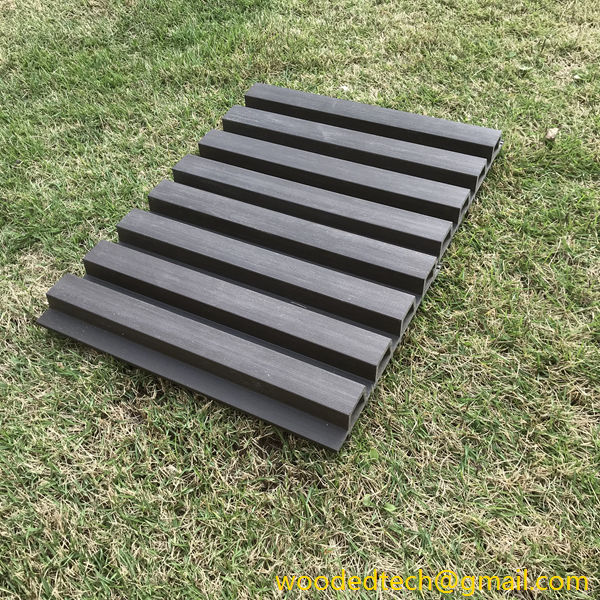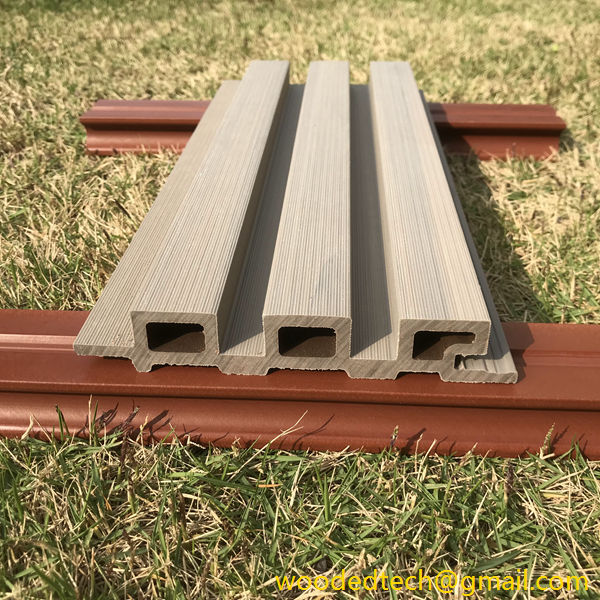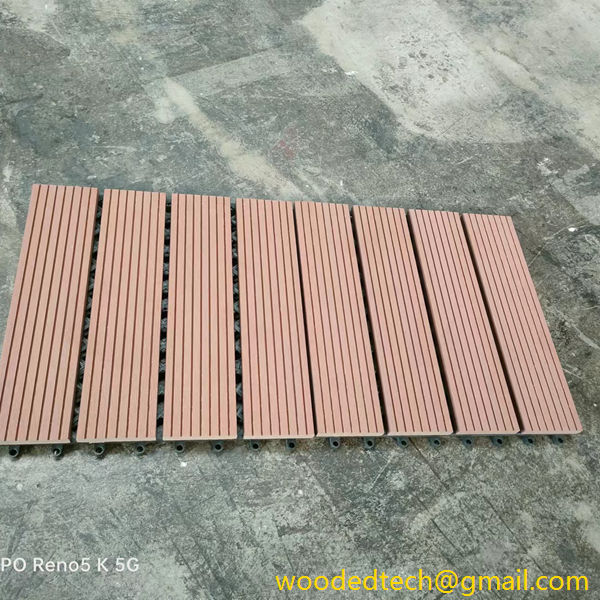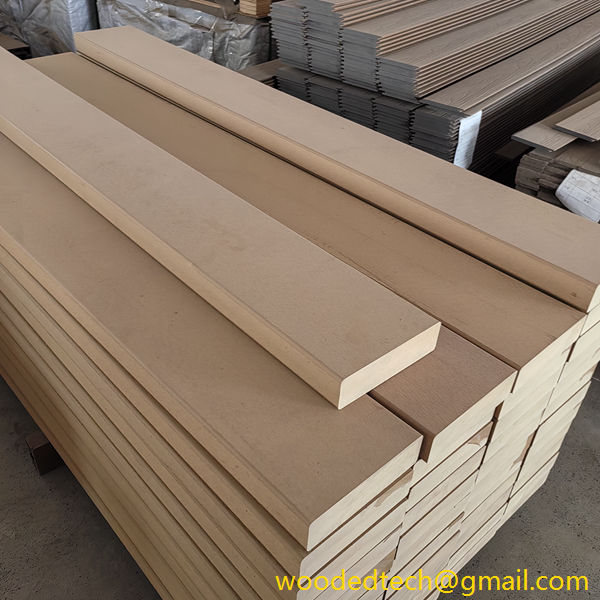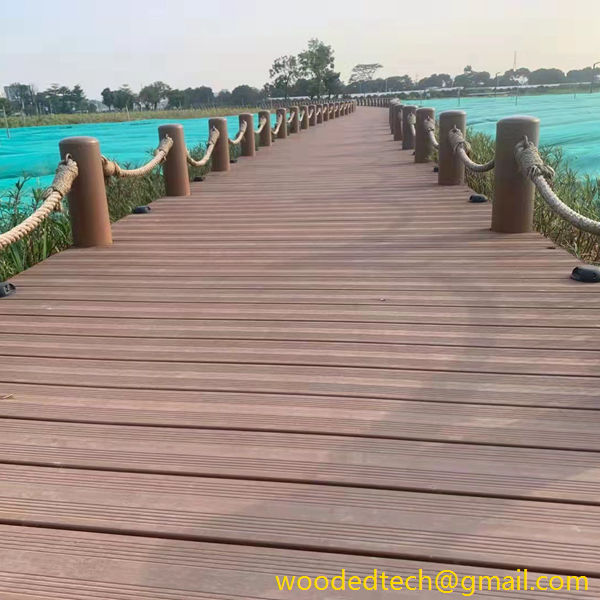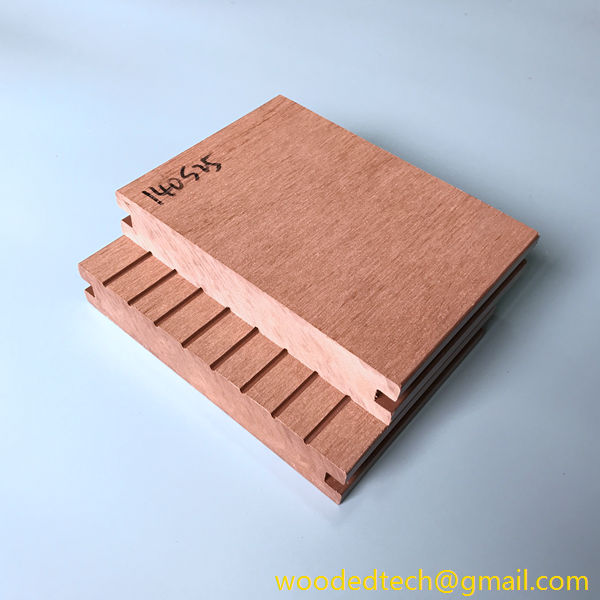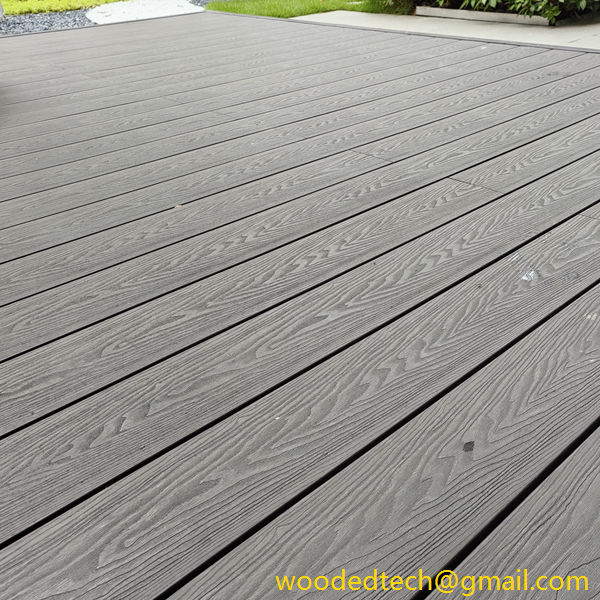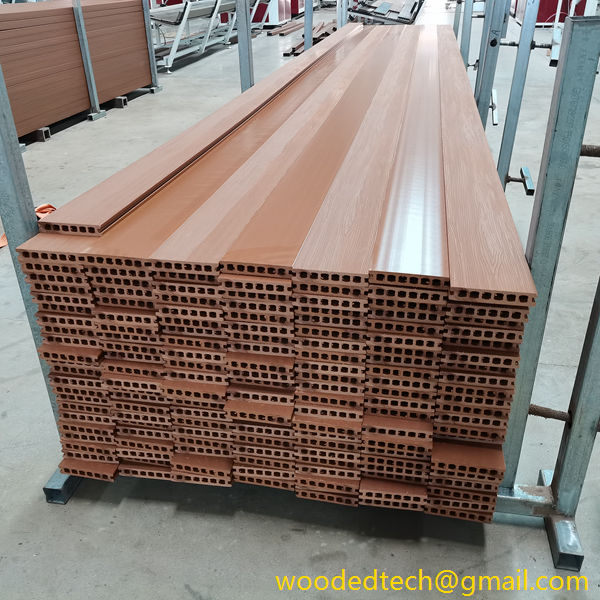Exploring Recycled Cladding Options for Eco-Conscious Building
Exploring Recycled Cladding Options for Eco-Conscious Building As the world increasingly prioritizes sustainability and eco-conscious practices, the construction industry is witnessing a significant shift toward environmentally friendly materials. One of the most promising developments in this area is the use of recycled cladding options. Cladding, the external layer of a building, serves both aesthetic and…
Exploring Recycled Cladding Options for Eco-Conscious Building
As the world increasingly prioritizes sustainability and eco-conscious practices, the construction industry is witnessing a significant shift toward environmentally friendly materials. One of the most promising developments in this area is the use of recycled cladding options. Cladding, the external layer of a building, serves both aesthetic and functional purposes, providing insulation, protection from the elements, and an attractive façade. However, the choice of material for cladding is crucial, not only from an environmental standpoint but also in terms of cost-effectiveness. Among the various sources of recycled materials for cladding, China’s production areas stand out due to their unique advantages.
China has emerged as a global leader in manufacturing and recycling, largely due to its vast infrastructure, skilled labor force, and advanced technology. These factors contribute to a cost advantage that is difficult for other countries to compete with. When it comes to recycled cladding options, this cost advantage can translate into lower prices for builders and developers, making sustainable construction more accessible.
One of the key reasons for China’s cost advantage in producing recycled cladding materials is its scale of operations. The country possesses some of the largest recycling facilities in the world, which are capable of processing vast quantities of materials efficiently. This high throughput leads to economies of scale, reducing the per-unit cost of recycled materials. For example, recycled aluminum and plastic, which can be used in cladding systems, are often produced at a fraction of the cost compared to new materials, thanks to the streamlined processes and large-scale operations that characterize Chinese manufacturing.
Furthermore, the Chinese government has implemented policies that incentivize recycling and the use of sustainable materials in construction. These initiatives can include tax breaks, subsidies, and support for research and development in green technologies. As a result, manufacturers in China are not only motivated to produce recycled cladding but can also do so at a lower cost. This favorable regulatory environment encourages innovation and competition, driving down prices even further.
In addition to government support, the availability of raw materials in China plays a significant role in the cost advantage of recycled cladding production. The country has invested heavily in its waste management and recycling infrastructure. This investment has created a robust supply chain that enables manufacturers to source materials easily and at lower costs. For instance, post-consumer plastics, metals, and wood waste can be collected, processed, and transformed into high-quality cladding materials. The proximity of these resources to production facilities reduces transportation costs, which in turn lowers the overall price of the finished product.
Moreover, labor costs in China remain relatively low compared to many Western countries, despite rising wages in recent years. The combination of skilled labor and competitive wages allows Chinese manufacturers to produce high-quality recycled cladding materials at a lower price point. This aspect is particularly important for builders and developers who are looking to keep their project costs down while still adhering to eco-friendly practices.
The environmental benefits of using recycled cladding materials are substantial. Traditional construction materials often require significant energy inputs for extraction, processing, and transportation. In contrast, recycled cladding materials typically have a lower carbon footprint since they repurpose existing materials rather than relying on virgin resources. This contributes to a reduction in greenhouse gas emissions and promotes a circular economy. By choosing recycled cladding options sourced from China, builders not only save money but also contribute to a more sustainable future.
Furthermore, the aesthetic appeal of recycled cladding options has evolved significantly. Advances in technology have allowed manufacturers to produce a wide range of finishes, colors, and textures that can rival traditional materials. This versatility means that builders can achieve their desired aesthetic while still prioritizing sustainability. The ability to offer attractive recycled cladding options at a lower cost can be a significant selling point for developers aiming to market their projects as eco-friendly.
Despite the numerous advantages, there are challenges that builders and developers must consider when sourcing recycled cladding materials from China. Quality control can vary, and it is essential to work with reputable suppliers who adhere to strict quality standards. Additionally, the logistics of importing materials from China can sometimes lead to delays or unforeseen costs. However, by establishing strong partnerships with reliable manufacturers, these challenges can be effectively managed.
In conclusion, the cost advantage of China’s production areas is a significant factor in the growing popularity of recycled cladding options for eco-conscious building. With large-scale operations, government support, a robust supply chain, and competitive labor costs, manufacturers in China can offer high-quality recycled materials at lower prices. This not only makes sustainable construction more accessible but also encourages the adoption of eco-friendly practices across the industry. As the demand for sustainable building materials continues to rise, China’s role as a leading producer of recycled cladding will likely expand, paving the way for a greener future in construction. By embracing these innovative materials, builders can contribute to environmental sustainability while also benefiting from cost savings, creating a win-win situation for both the industry and the planet.

